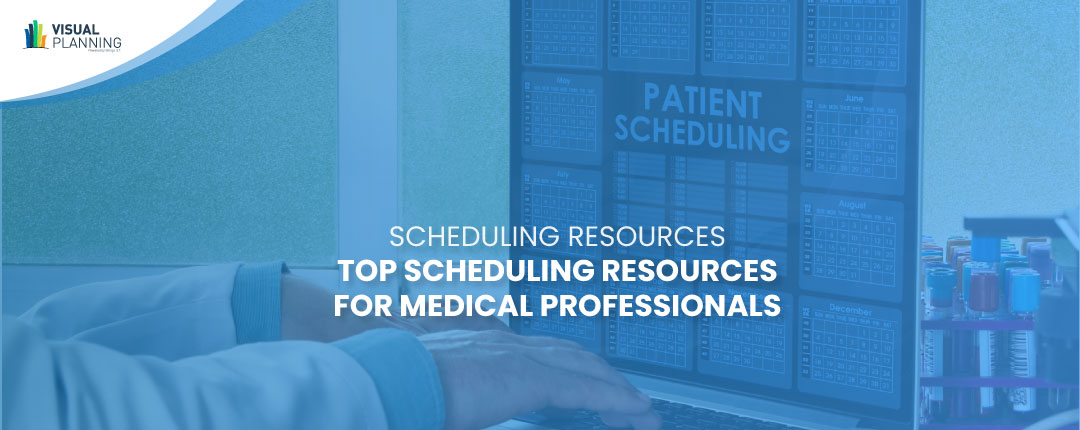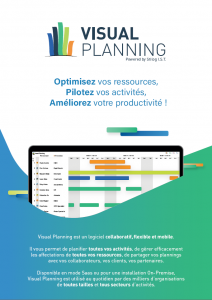Around 84% of adults and 94% of children visit a health care professional at least once a year. That results in more than 860 million visits to physician offices annually, which doesn’t include visit numbers for emergency departments and other types of providers.
With millions of patients making their way into health care offices across the nation, scheduling is certainly a top concern for providers. Whether it’s hundreds of patients a day in a clinic or dozens in a single-doc GP practice, the appointments run smoother when you start with smart scheduling solutions. Take a look below at some top scheduling resources for medical professionals.
Patient Census, Forecasting Tools and Appointment-Schedule Analysis
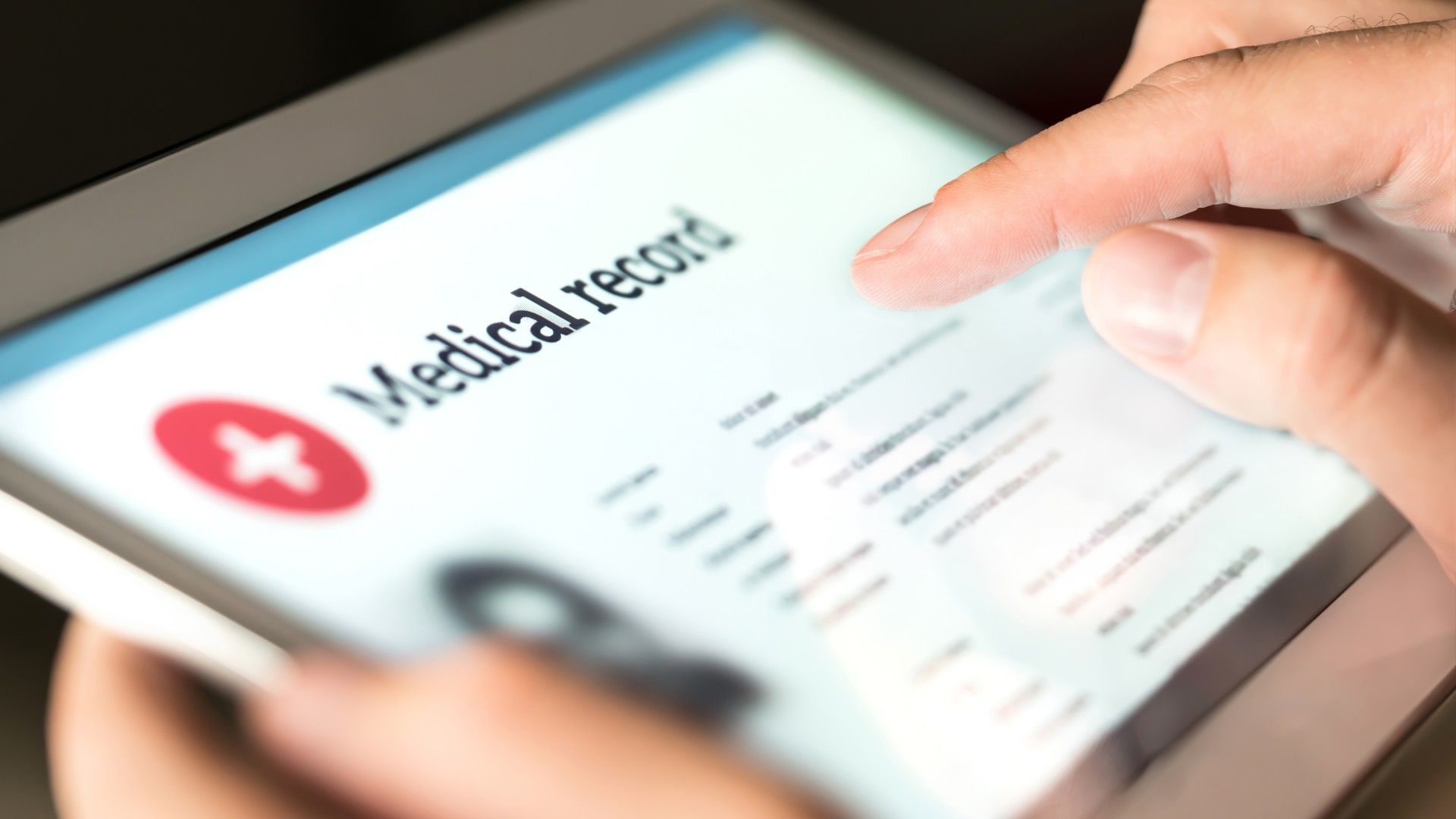
Functional schedules start with good data. Knowing how many patients to expect — including the types of cases — helps providers staff appropriately, schedule people for the right amount of time and take on enough patients to keep clinicians busy while leaving room for urgent-need appointments.
Resources that can help you dig into and use this data include:
- Patient censuses. A patient census is an official count of patients receiving or having received services from a provider. In inpatient settings, the census is often the total number of patients admitted prior to a certain time of day, such as midnight. In a doctor’s office, the census is the number of patients seen daily. Tracking patient census numbers over time helps you identify trends—for example, more flu patients during certain seasons or increased pediatric visits leading into a school year. Understanding appointment trends lets you plan better to cover patient needs with optimal staff scheduling.
- Forecasting tools. Forecasting tools take historical census numbers and other data to the next level by leveraging analytical tools to make data-driven predictions about the future. They do the math for you and return various scenarios based on your data and assumptions you can tweak. Those scenarios help you schedule correctly for potential patient loads.
- Appointment-schedule analysis. Appointment-schedule analysis is a process that helps you understand if you’re scheduling efficiently for your practice. It looks at factors including how many slots you have for appointments, how many you fill and leave open, the number of no shows and how many appointments take more than a standard slot to handle. Taking a holistic look at these figures can help you determine how many patients you should be booking given staffing numbers and other factors.
Basic Calendars and Meeting-Management Apps

Health care professionals have a lot on their plates. While patient care is their top priority, they may also be tasked with administrative functions and continuing education. External professional obligations, such as an interview with the local news channel or a committee meeting for the city’s chamber of commerce, can also put demands on medical professionals’ time.
Patient scheduling resources don’t do much to help with these types of needs. Medical professionals might look to more traditional meeting-management and scheduling tools.
Outlook or Google Calendars
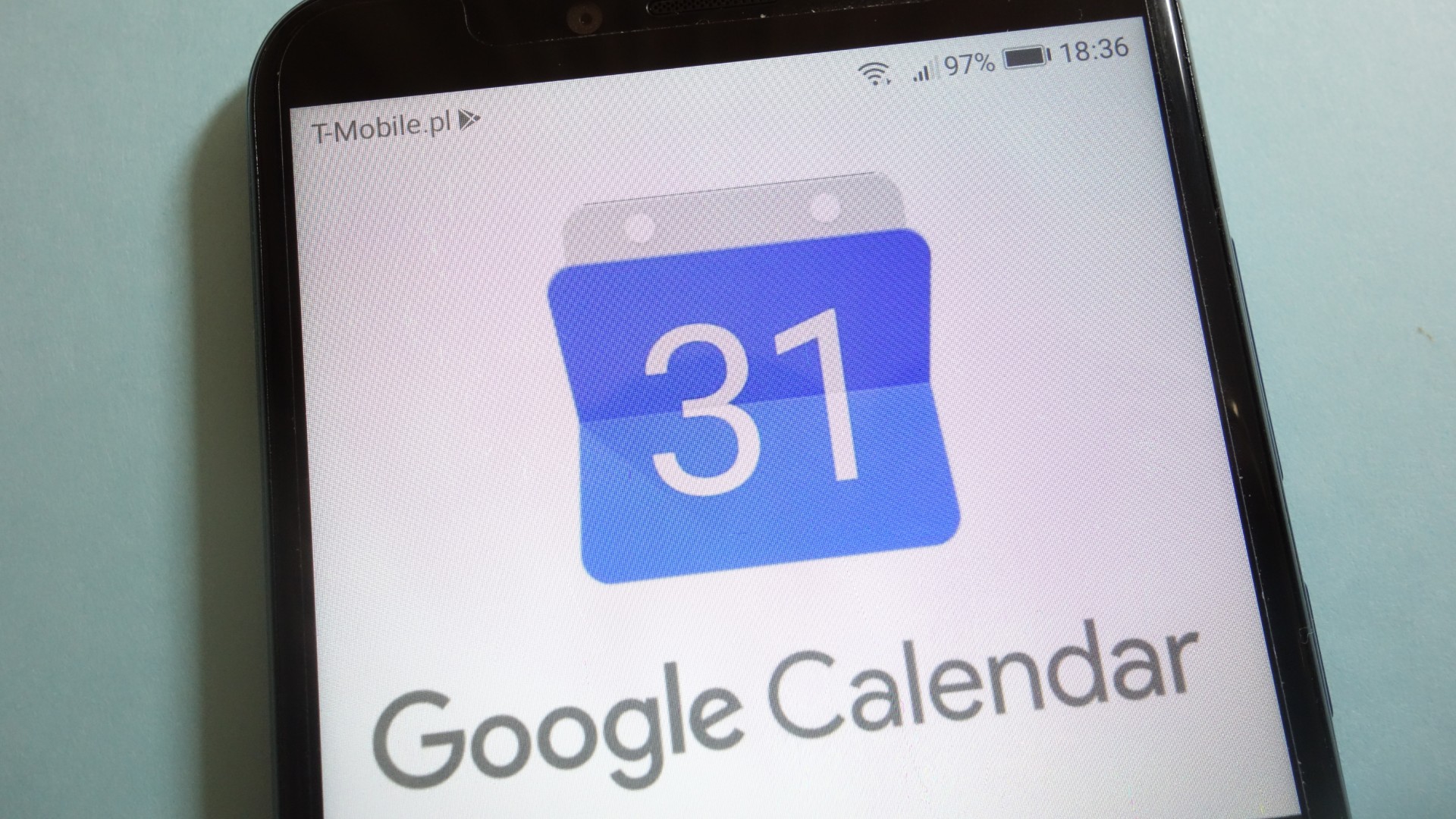
Outlook and Google calendars are popular scheduling tools. They let professionals of all types quickly add things to schedules, block off unavailable time and share calendar information with others.
While you may not want to use these tools for detailed patient appointment setting, they can be great resources in any medical office or clinical setting. Here are just a few examples of how collaborative digital calendars can help medical professionals:
- Managing availability. Doctors or others can block off calendars when they’re on vacation or have a personal obligation. Integrating those calendars with patient scheduling software helps reduce the chance that patients will be scheduled in error when the provider isn’t available. The same is true in reverse. Clinicians can block off times they regularly see patients to keep others from putting meetings on their calendar during those hours.
- Setting meetings. Not every appointment attended by a physician (or other health care provider) involves a patient exam. Using the same calendars across your organization for professional meetings keeps everyone on the same page and makes it easier to find a time when people are available to meet.
- Recording data. A shared Google calendar can be one way to record simple data that’s required on certain days. In fact, you can keep a basic patient census on a Google calendar by inputting the number of patients or other data on each day.
Calendly Meeting Scheduling App

Having each person manually manage all the details of their own schedules isn’t always ideal. Instead, consider using automated apps like Calendly. This app lets people who need to meet with you book a time without having to go through emailing or calling to find the right time. You set the parameters, and they have to pick a time within slots you’ve approved.
This can be ideal for busy clinicians that might also have administrative duties. They can set some open admin time slots, ensuring people pick from those on Calendly when necessary.
Comprehensive Scheduling Software
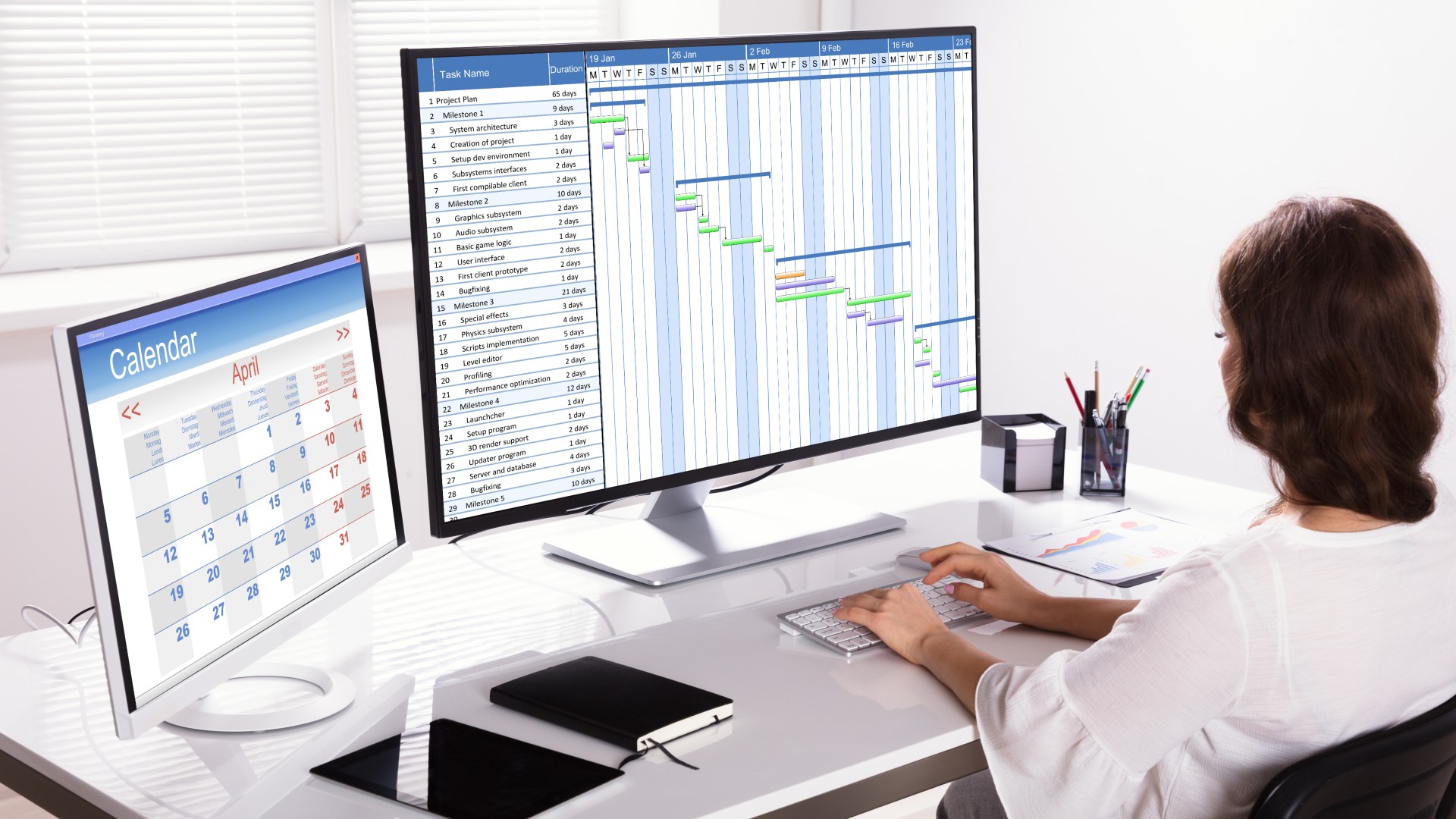
Of course, effectively managing your medical practice may require more than basics like Google Calendars. Comprehensive scheduling software that lets you manage patient appointments and staff schedules with help from smart automations makes it possible to ensure optimal patient loads and avoid problems like overbooking.
For example, the right staff scheduling solution takes more than basic patient census data into account. Comprehensive scheduling solutions let you create rule sets for automated scheduling that factor in the level of care required for various patient cases, the skill sets and credentials demanded for each need, and who is available for shifts. Whether you’re trying to ensure coverage of medical billing departments and reception areas or a busy ICU with special skills requirements, employee scheduling software can help.
You can apply the same principles for patient appointment scheduling. Set up rules to ensure new patients are divided evenly between physicians if you like, or create rules that ensure patients are booked with an appropriate backup if their primary care provider is unavailable in their time of need.
Visual Planning offers comprehensive scheduling software solutions with a variety of customizable features. To find out more about how we can help you streamline scheduling in your medical practice, contact us for more information or book a demo today.
She brings SEO & SEA expertise, email marketing and creative content marketing to create a great brand experience for Visual Planning customers.
